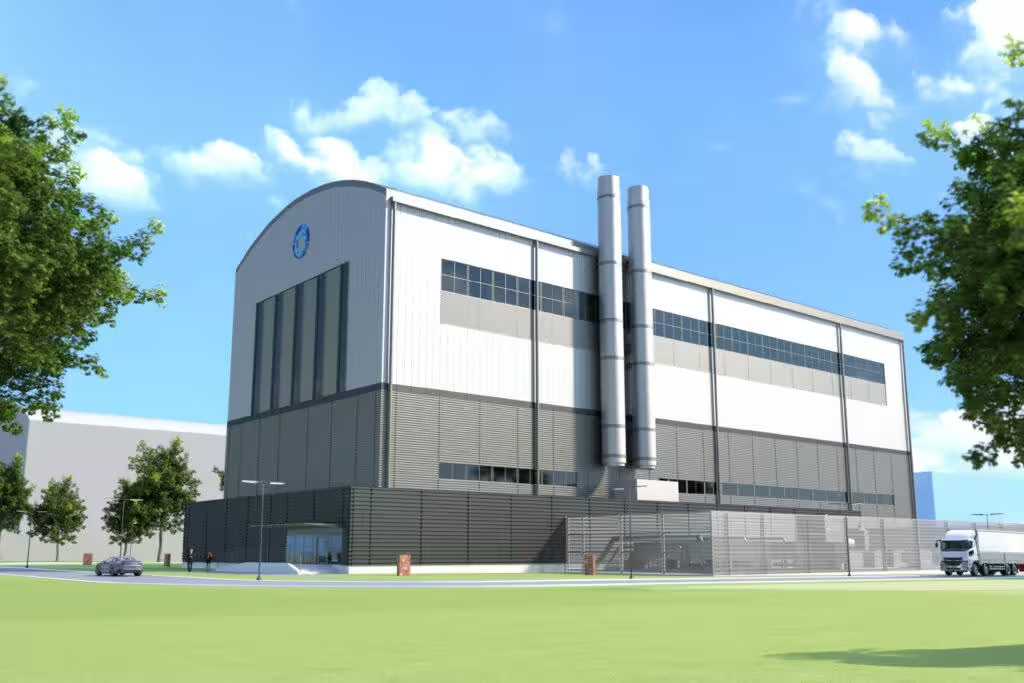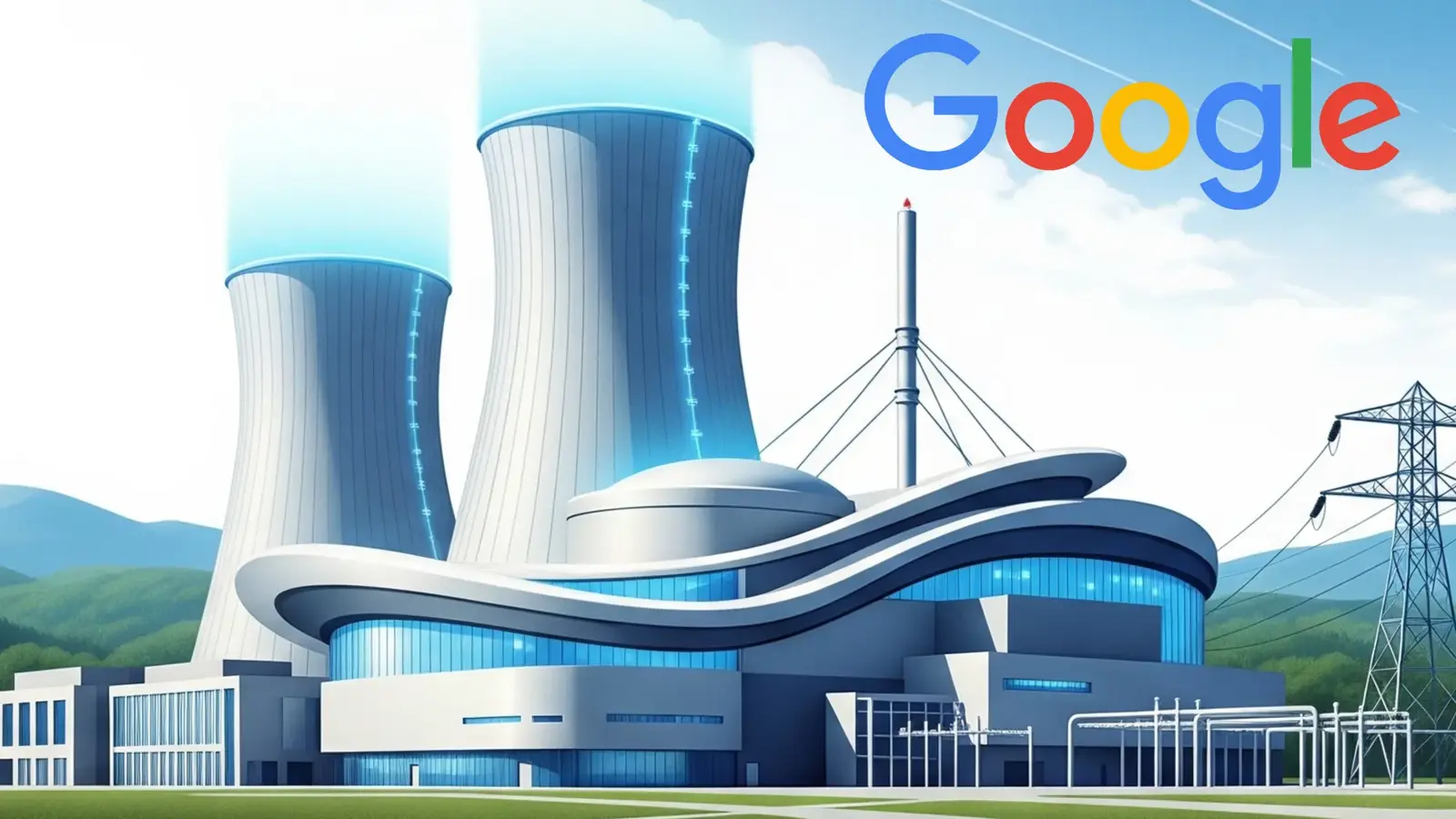3 Minutes
Google taps nuclear SMR to supply low‑carbon power for data centers
Google has named Oak Ridge, Tennessee, as the site of its first nuclear energy project under a landmark 2024 agreement with startup Kairos Power. The Hermes 2 small modular reactor (SMR) will deliver 50 megawatts to Google through a long‑term power purchase arrangement with the Tennessee Valley Authority (TVA), marking a notable step in tech industry investments in advanced nuclear power for data center energy needs.
Project scope and timeline
Hermes 2 represents the initial unit in a broader 500‑megawatt portfolio of SMRs planned to serve Google’s regional infrastructure, including data centers in Montgomery County, Tennessee, and Jackson County, Alabama. Hermes 2 is targeted to begin commercial operations in 2030, with the full 500 MW expected to come online by around 2035. Financial terms were not disclosed.
Key features of the Hermes 2 SMR deal
- Modular capacity: Initial 50 MW unit with additional reactors to scale to 500 MW.
- Corporate PPA: Long‑term purchase agreement between Google and the TVA.
Deployment horizon: First unit operational by 2030; full capacity by 2035.

Comparisons: SMRs versus traditional generation and renewables
Small modular reactors offer a different profile from large central nuclear plants and intermittent renewables. Compared with large reactors, SMRs aim for faster build schedules and lower upfront capital per module. Against wind and solar, SMRs provide stable, baseload low‑carbon generation, improving reliability for power‑hungry services like cloud computing and AI workloads.
Advantages and market relevance
TVA leadership framed nuclear as central to future energy security, and Google’s participation helps share development risk for first‑of‑a‑kind projects. For hyperscalers and enterprises focused on carbon reduction and uptime, SMRs present a pathway to reliable, low‑emission energy while enabling utilities to advance new technology without passing excessive costs to customers.
Use cases and implications for data centers
Direct access to dedicated nuclear power supports continuous operations, redundancy, and sustainability goals for data centers. Use cases include powering compute clusters, supporting AI training workloads with steady baseload power, and integrating with on‑site or regional microgrids to boost resilience.
What this means for the energy and tech sectors
Google’s Kairos Power agreement — described as the first corporate purchase of SMR nuclear power — could catalyze further corporate PPAs for advanced nuclear, accelerating commercialization of SMR technology and shifting how hyperscalers plan long‑term energy procurement for high‑density computing facilities.
Source: engadget


Leave a Comment